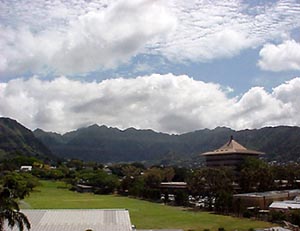University of Hawaii Insect Museum tours Thank you for your interest in visiting the UH Insect Museum. The main mission of the museum is to provide an important research resource for scientists working on Hawaiian Insects in Agricultural and Urban settings as well to promote the Conservation of Native Insect communities. Occasionally, as time permits, some of our staff may volunteer to offer short tours of the museum to small and well-supervised school groups of no more than 20 children at a time. Because this is an active research museum, the activities and information we can offer are usually most appropriate for well-behaved children in and above the 2nd grade (especially Middle and High school students). There are also safety concerns which require a high ratio of adults to children, to make sure the visit is safe, enjoyable and educational! Because the Museum staff consists of researchers, rather than educators,
tours are given on a volunteer basis. We receive no funding to
conduct these tours. What we offer: The University of Hawaii Insect Museum is a research museum with about quarter of a million insect specimens. We can introduce students to some of the incredible biodiversity that insects represent. While we do not offer specific lesson plans, or activities for all age groups, certain researchers may provide entertaining explanations of their research, and occasionally, live insect demonstrations (also including such non-insect arthropods as spiders and centipedes when available). Depending on age of participants, tours usually last about 30-45 minutes. Because the Museum is the site of active scientific research, there are many potentially fragile items in the Museum, including the insect specimens themselves. For this safety reason we request a chaperone to child ratio of at least 1 parent to 5 children, and that parents actively assist us in keeping the children safe and focused. We ask that all parents sign a photograph permission waiver form. This allows the UH Insect Museum to use pictures taken during your tour for outreach that will benefit visitors to our website. We will not use a child’s name and most pictures will be in a group setting. They will help future prospective visitors, both parents and children, understand what to expect on a tour. A waiver form will be sent to you before your visit and a copy signed by all parents or guardians must accompany your group. For more information, or to arrange a tour of the museum please contact Bradley Reil at jbreil@hawaii.edu. If you enjoyed our tour, please consider donating to the Insect Museum. Donate Here! |
|
February 2018 Tour         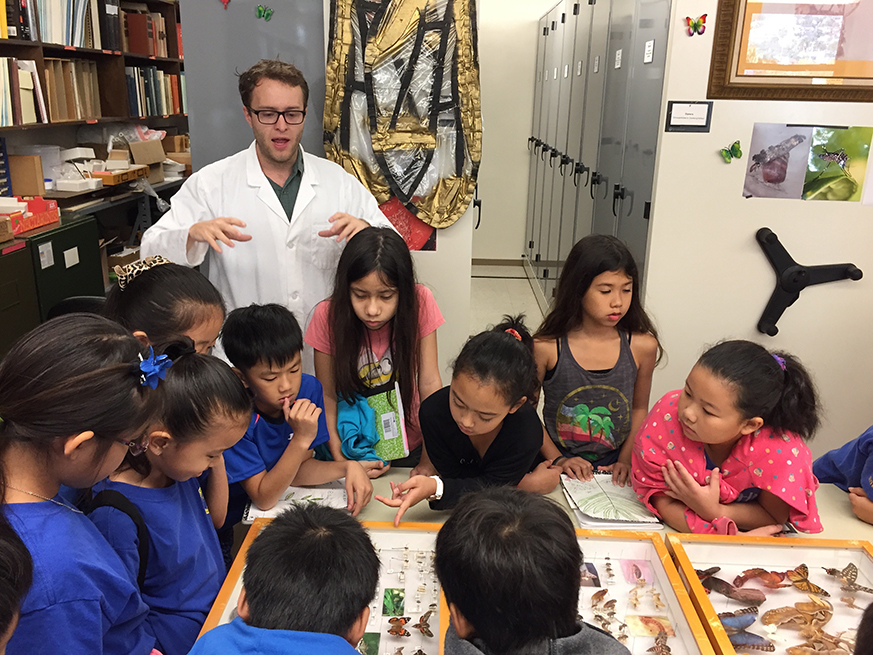 February 2018 Honolulu Academy of Art Tour  Other Recent Tours 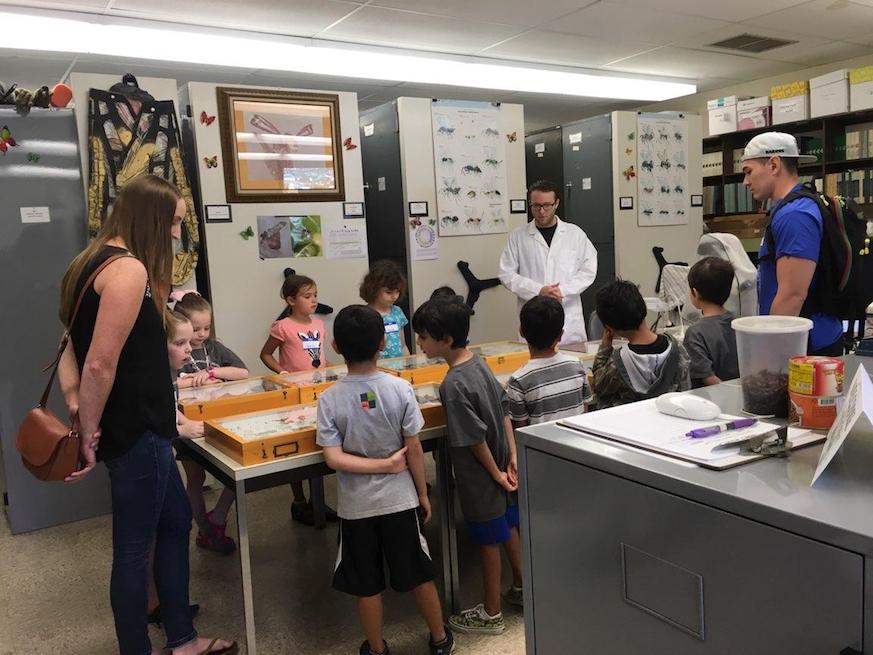 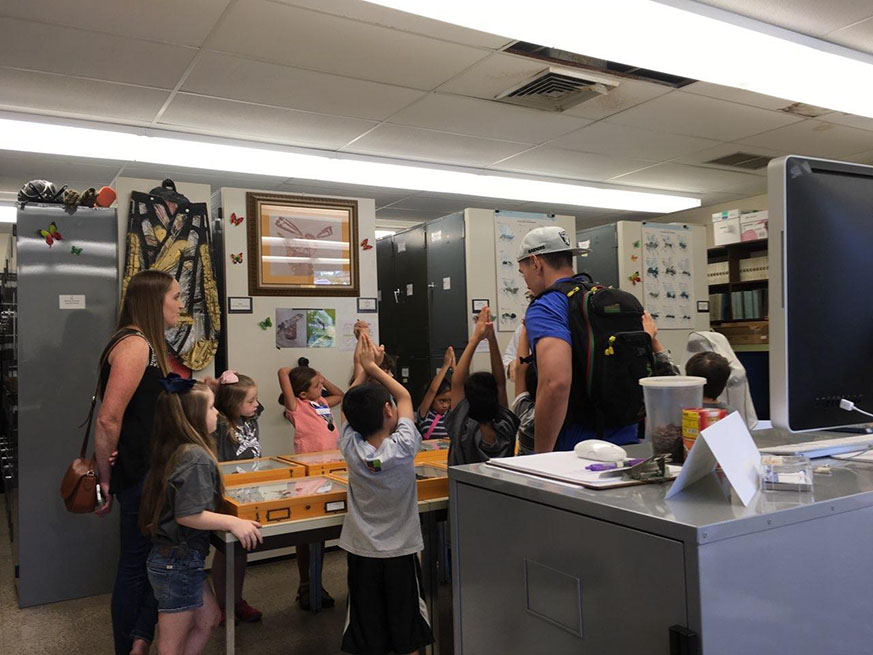 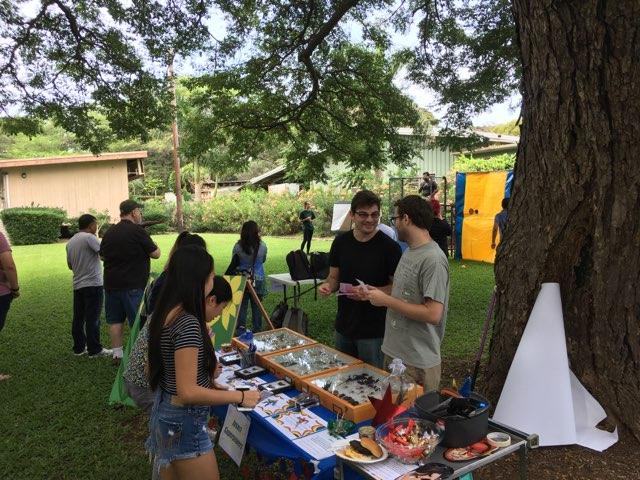 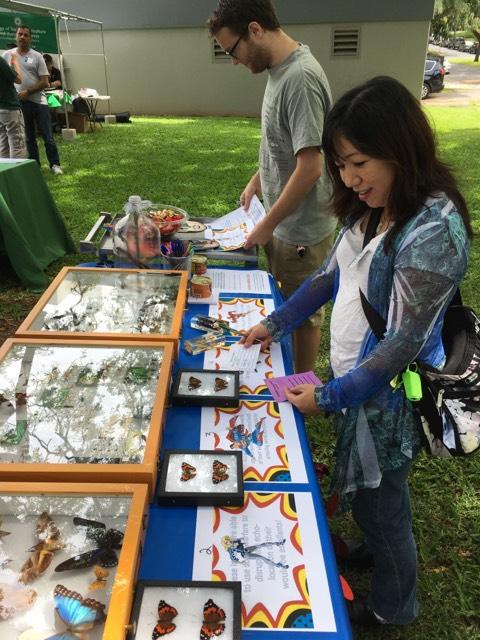    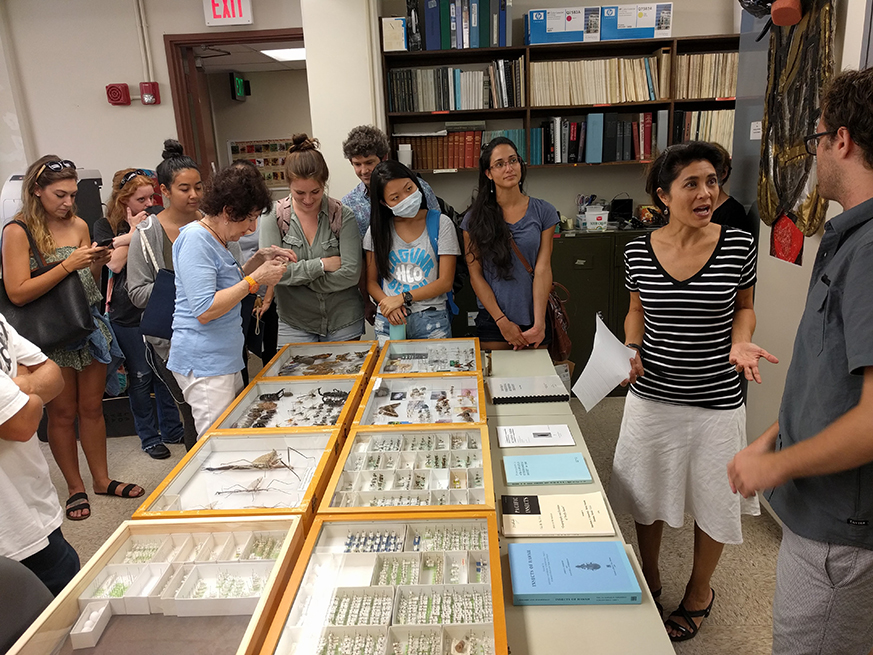 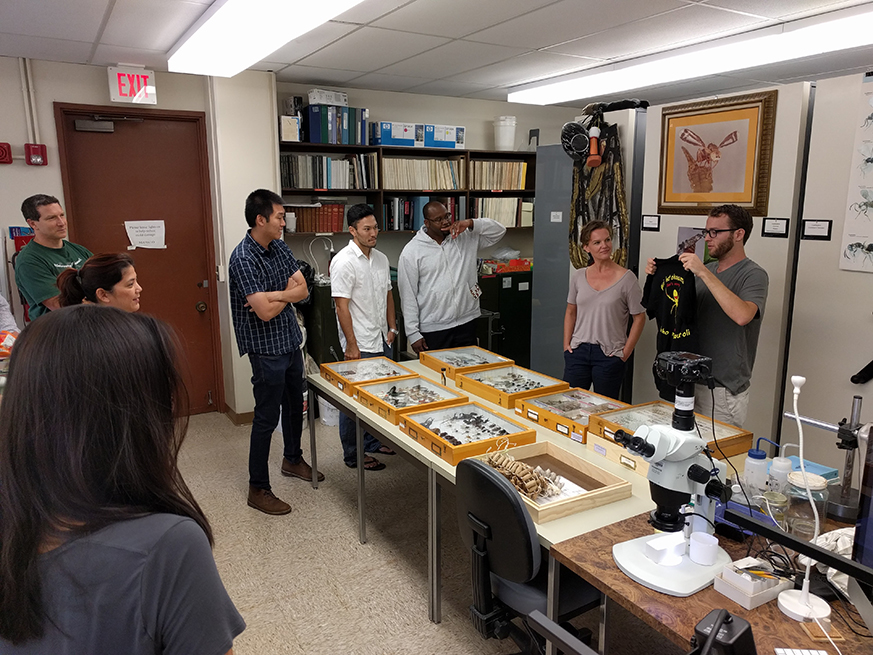 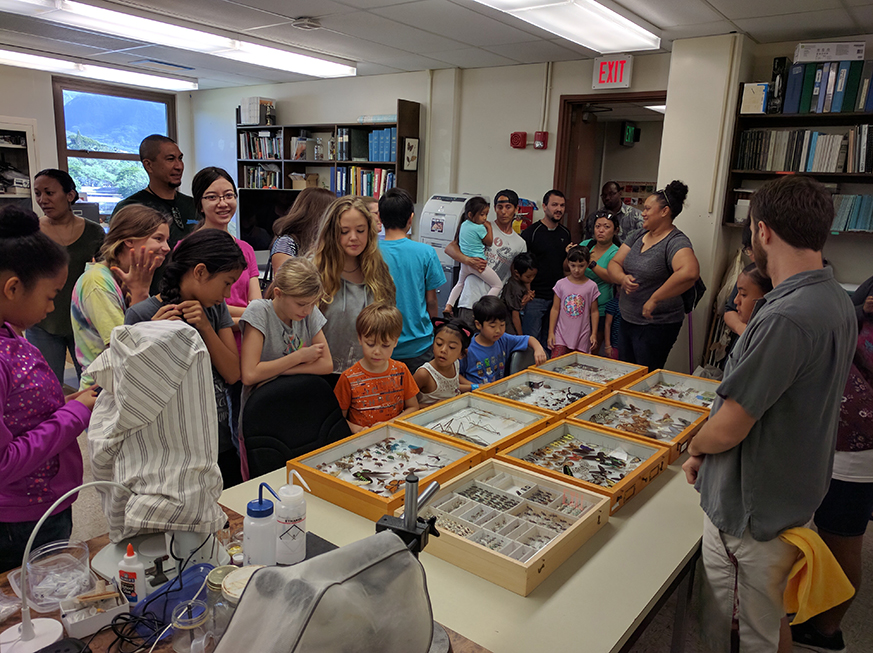 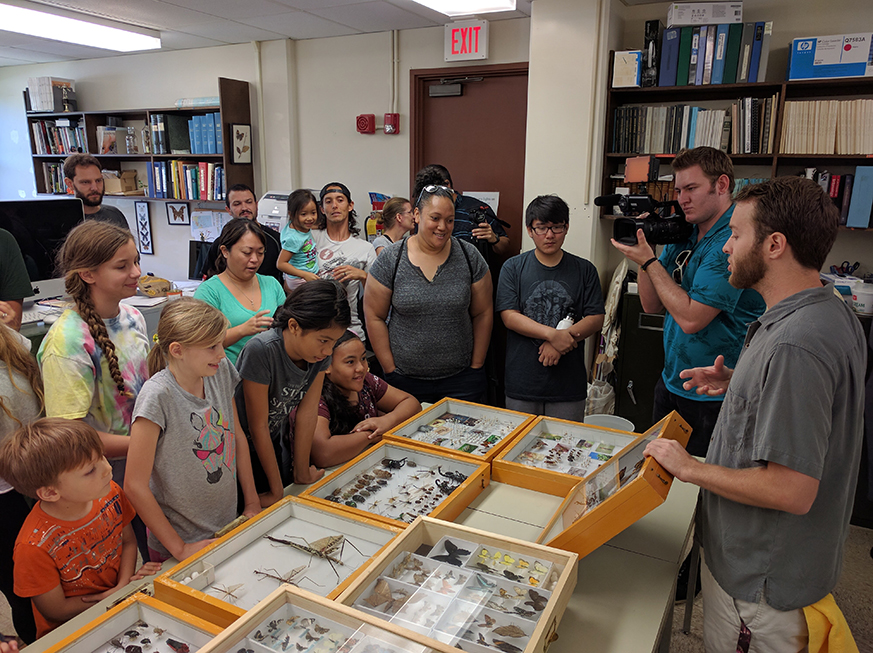 | |
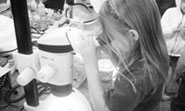 Darwin Day Museum Open House The University of Hawaii Darwin Day Open House was a great success! thanks to all who helped and came to celebrate this event showcasing the remodeled Museum...... more |
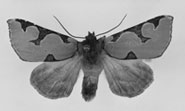 Hawaiian Moths A selection of charismatic endemic Hawaiian Moths. Hyles calida (Sphingidae) and Aumakua omaomao (Noctuidae).... more |
 Digitization Project A natural history museum is much like a library. The specimens along with their labels contain a wealth of information about taxonomy, evolution and ecology...... more |
 Community Outreach Kindergarden Field Trip to the Museum..... more |
|
The University of Hawaii Insect Museum Tours of Museum Hawaii's Butterflies & Moths Insect Holdings Database Digitized Collection Ants of Hawaii Contact us Loan Policy Donation |
|
Related Links Termite Project Fruit Fly Control Hawaiian Entomological Society Insects of Hawaii Kamehameha Butterfly Project SCAN Database Insect Systematics and Biodiversity |
|
Plant and Environmental Protection Sciences (PEPS) General Information Academic Program Courses Faculty Staff Extension and Outreach |
|
| © 2011 The University of Hawai'i Insect Museum. All rights reserved. | ||||||
